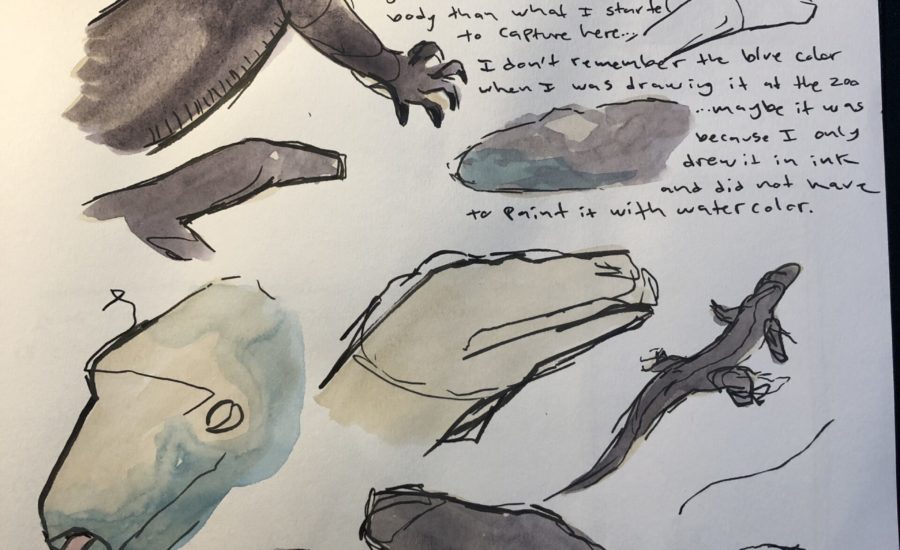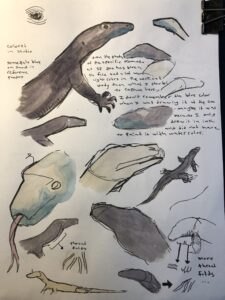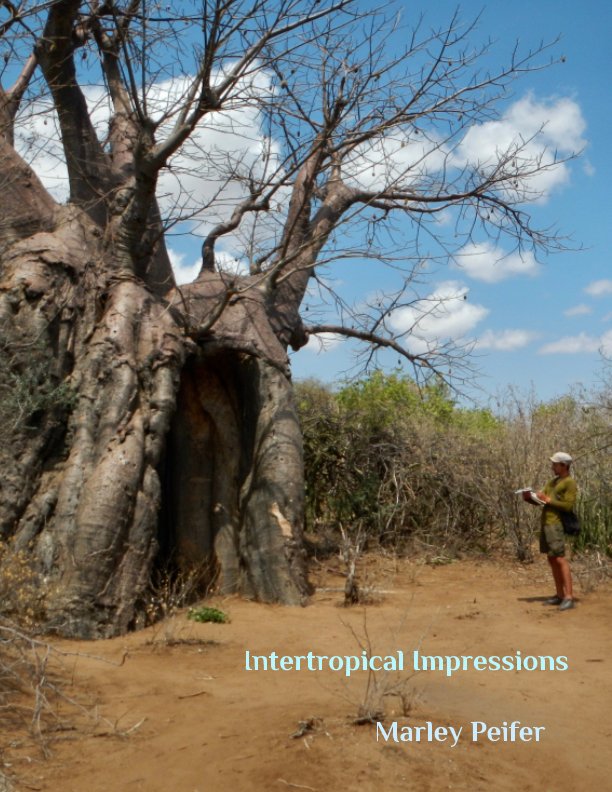Nature journaling reptiles is one of my favorite things! Let’s sketch and learn about these animals together with Rachael from Doodlebugs animal adventures. Rachael will share Russian tortoises, weird frogs, as well as a legless lizard! In addition, I will share some other reptile nature journal pages below.
Rachael Wallman is a biologist, mom, and animal lover. She runs Doodlebugs Animal Adventures an animal education business. There are a lot of cool animals living in her house. However, for today’s show we are just going to focus on the reptiles and amphibians.
Nature Journaling Reptiles when they keep moving?!
By this point you might be asking: “How can I draw moving animals?” While Rachael holds up her animals and shares info about them I do my best to capture quick sketches and notes. Here are several tricks I use in this situation:
- First, start as soon as possible. The longer you wait to start sketching and nature journaling the harder it will be to start.
- Next, think of your drawings as diagrams instead of as definitive works of art. Diagrams can be drawn quickly and capture lots of info.
- Draw fast. Draw a lot. Similarly to the last point this takes pressure off your drawing. In reality, if you just keep your pencil moving and you keep looking at your subject then you are succeeding. You are learning. That is what nature journaling is all about.
- Fourth, don’t get obsessed with details. Many amphibians and especially reptiles are covered in complex patterns and textures. Trying to capture these details from a moving animal will drive you crazy. Instead, try to capture gesture drawings of the basic shapes and essence of the animal.

I kept my pen moving as I tried to capture the shapes of this komodo dragon as it kept moving. I added the color afterwards. - Break your subject up and focus on small parts at a time. For example try just drawing the eye over and over again.
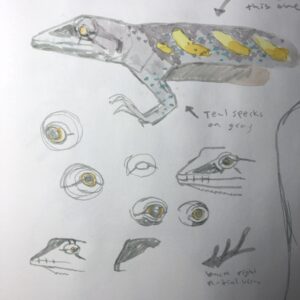
The Reptiles we nature journaled in this episode
- The Russian Tortoise was the first reptile we nature journaled in this episode.
- Rachael took out her big adult gopher snake next! This one was moving slightly less than the tortoise but presented other challenges.
- We looked at her Crested Gecko next! This animal was super fun and kept licking its eyeball and jumping onto the camera!
- Then it was finally time for an amphibian with a “Dumpy Frog.”
- Last but not least we nature journaled a legless lizard!
Learn more about Rachael’s animals and learn from her entertaining posts on her instagram
Do you live in the Orange County area of California? I suggest you check out Rachaels in-person classes or bring her to your school, library, etc! Kids love them! Learn more here.
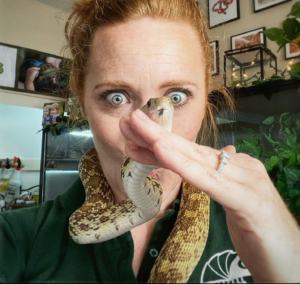
If you are just getting started with nature journaling check out this post : How to Nature Journal in 10 Steps
Need help choosing nature journaling supplies? Check out Nature Journaling Supplies: What You Need and What You Do Not
Here are some more example pages of nature journaling reptiles in other situations
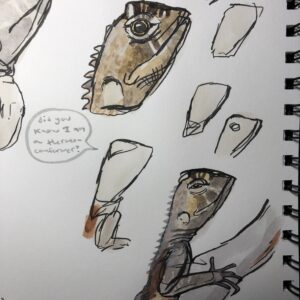
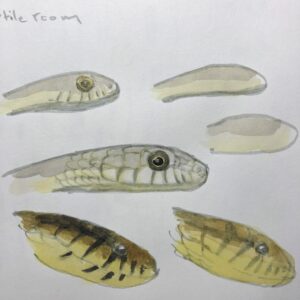
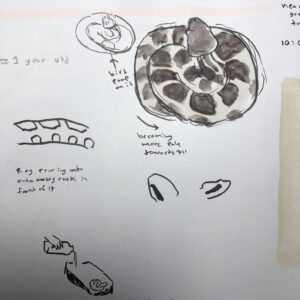
The Polychrus, Uranascodon, and Amazonian Puffing snake were all nature journaled in the reptile room of my friend Roy. You can check out his herpetoculture practice and species in his care on instagram here. If you are interested in nature journaling reptiles it is a good option to find people who raise reptiles and ask to visit their reptile room. Another option is to go to reptile shows or herpetology clubs.
